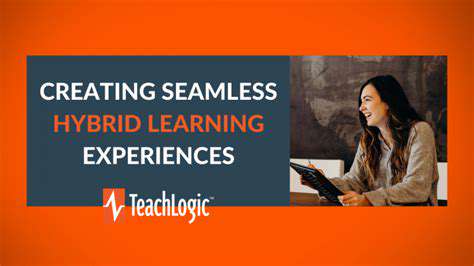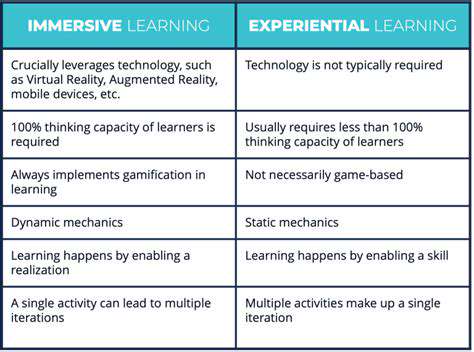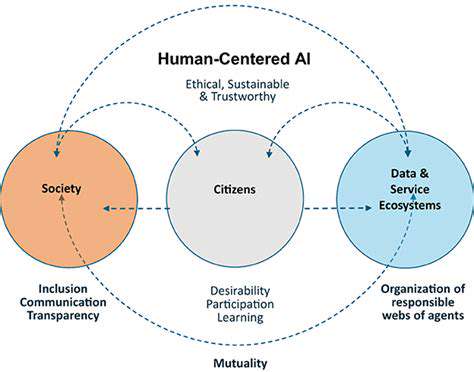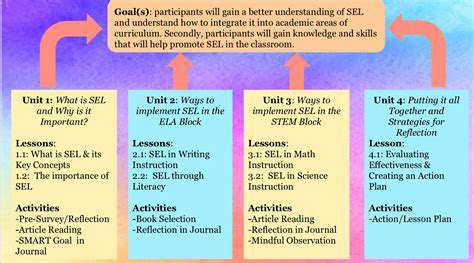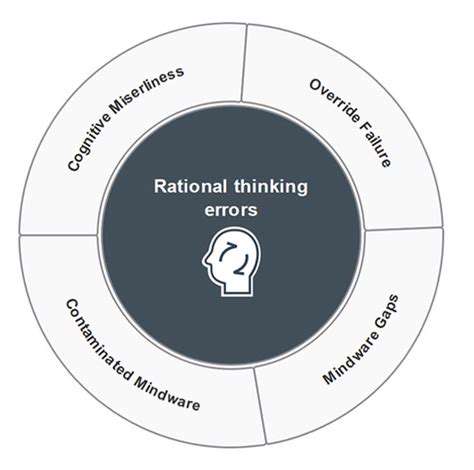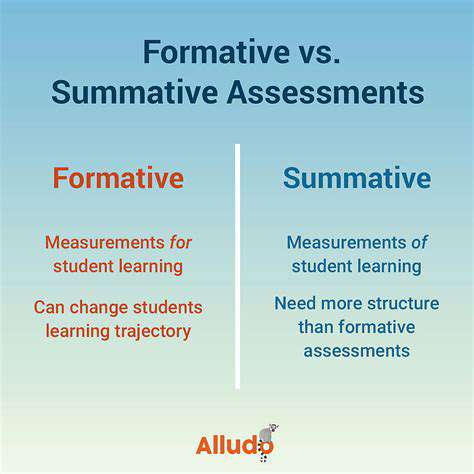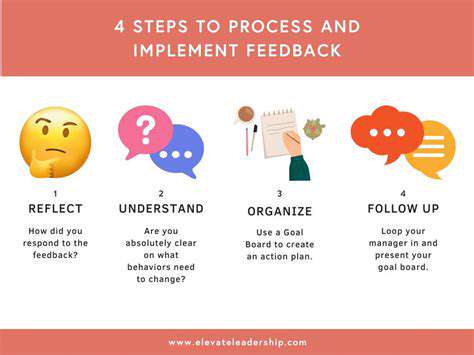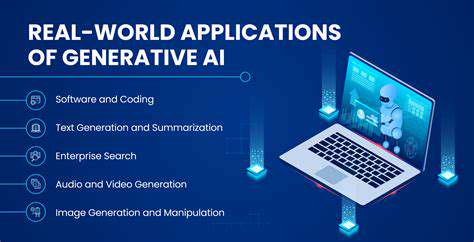Student Choice and Agency in Personalized Learning
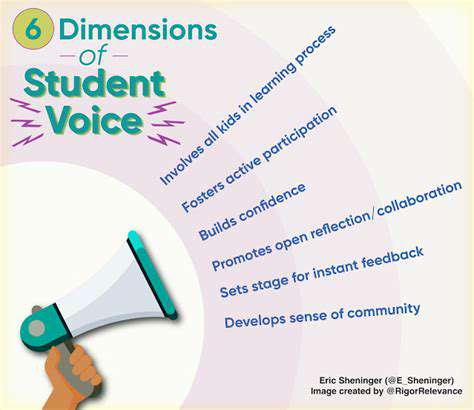
Cultivating a Culture of Choice and Agency
Empowering Students Through Choice
A culture of choice and agency empowers students to take ownership of their learning journey. It fosters a deeper understanding and engagement with the material, moving beyond rote memorization to genuine comprehension and application. When students are given choices in their learning process, they are more likely to feel invested in the outcomes, leading to increased motivation and a stronger sense of self-efficacy. This approach also encourages creativity and critical thinking, as students explore different perspectives and develop their own unique strategies for tackling challenges.
Providing choices can encompass various aspects of the learning environment, from selecting project topics to choosing preferred learning modalities. This could involve offering different types of assessments, allowing students to collaborate in ways that resonate with their learning styles, or even permitting them to contribute to the curriculum's design. Ultimately, enabling students to make choices about their learning process fosters a sense of responsibility and autonomy, empowering them to become active and engaged participants in their education.
Recognizing and Respecting Individual Differences
Cultivating a culture of choice acknowledges and respects the diverse learning styles, needs, and interests of individual students. By offering a range of options, educators can cater to varying paces, preferences, and strengths, ensuring that all learners feel supported and challenged in their unique ways. This personalized approach recognizes that not all students learn in the same way and that different methods can lead to different levels of understanding and achievement. It's about tailoring the learning experience to the individual needs and preferences of each student, rather than imposing a one-size-fits-all approach.
Understanding and valuing individual differences is crucial for creating a supportive and inclusive learning environment. It goes beyond simply offering choices; it involves actively listening to students' perspectives, understanding their motivations, and adapting the learning process to meet their specific needs. This proactive approach ensures that every student feels valued and capable of achieving their full potential, leading to increased engagement and improved academic outcomes.
Strategies for Implementing Choice and Agency
Implementing a culture of choice and agency requires a shift in pedagogical practices, moving away from teacher-centric models towards student-centered ones. Teachers need to create opportunities for student voice and input, encouraging them to articulate their learning preferences and goals. This can involve incorporating student feedback into lesson planning, providing choices in project topics or presentation formats, or allowing students to select their preferred learning resources. These strategies foster a sense of ownership and responsibility in the learning process.
Furthermore, the implementation of choice-based learning should also involve clear guidelines and expectations. This ensures that students understand the parameters within which they can make choices and that these choices are aligned with learning objectives. Establishing clear criteria for evaluation, providing opportunities for self-reflection, and offering constructive feedback are all essential elements in supporting students as they navigate the learning process with agency.
This approach also encourages collaboration and peer support, as students learn from each other's perspectives and approaches. This environment can foster a sense of community and shared responsibility, where students are encouraged to support one another's learning journeys and celebrate each other's successes.

Read more about Student Choice and Agency in Personalized Learning
Hot Recommendations
- The Gamified Parent Teacher Conference: Engaging Stakeholders
- Gamification in Education: Making Learning Irresistibly Fun
- The Future of School Libraries: AI for Personalized Recommendations
- EdTech and the Future of Creative Industries
- Empowering Student Choice: The Core of Personalized Learning
- Building Community in a Hybrid Learning Setting
- VR for Special Education: Tailored Immersive Experiences
- Measuring the True Value of EdTech: Beyond Adoption Rates
- Addressing Digital Divide in AI Educational Access
- Preparing the Workforce for AI Integration in Their Careers
